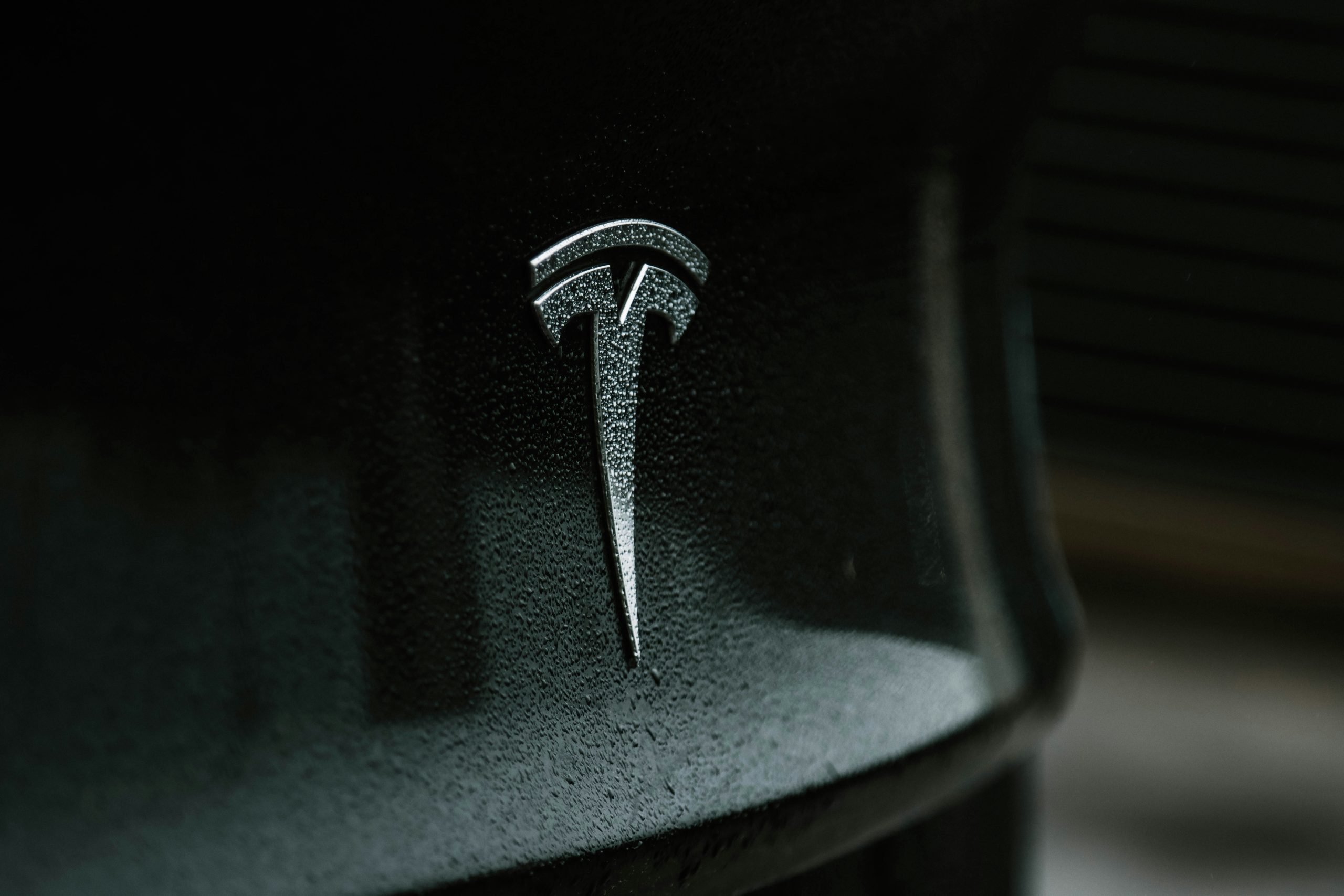Elon Musk has finally unveiled his long-awaited ‘Cybercab’, an autonomous robotaxi company, five years after these vehicles were initially proposed. They are still awaiting approval from regulators due to futuristic and experimental designs, which means we could be waiting until 2027 to see them in use in the USA. The reveal of this company proposed two different robotaxi vehicles: the Cybercab – a two-seater vehicle – and the Robovan – a twenty-seater vehicle. This announcement was critical due to Tesla’s increasing competition with companies such as BYD and Ford, who are making vehicles that rival Tesla.
The Cybercab is set to have butterfly doors, an absence of pedals or a steering wheel, and no plug socket – and will instead be charged by induction. Musk stated the cost of each Cybercab will be below £22,980 each. There was no announcement on the features or price of the Robovan.
Investors were not particularly impressed by the announcement, as Tesla stock dropped 9% the morning following. This is likely due to the unreliable forecasting by Musk and the vague timeline for Cybercab’s future. A two-door vehicle seems greatly impractical as two-door vehicles comprise only 2% of the US car market, especially when companies such as Waymo (by Google) and Zoox (by Amazon) have already put autonomous taxis on the map, and both have capacity up to four passengers.
Musk claimed that autonomous cars will “save lives, a lot of lives, and prevent injuries” as these driverless cars are “10-20 times safer” than human-operated cars. This topic has historically caused great controversy as driverless vehicles are susceptible to numerous faults – especially if there is no way to override the car due to no steering wheel or pedals. This is a highly controversial topic, especially due to the anxieties and awareness about the uses of AI currently. Some concerns about driverless cars include unpredictability and unreliability. As this technology can only truly be tested on the roads with other road users, the vast majority of testing will have to occur in real-world scenarios and not in a controlled environment. This could mean a reliable Cybercab will only be feasible after trial and error – which could include serious accidents.
Edited by Anu Sanyaolu.


